Why Should We Turn To Reusable Items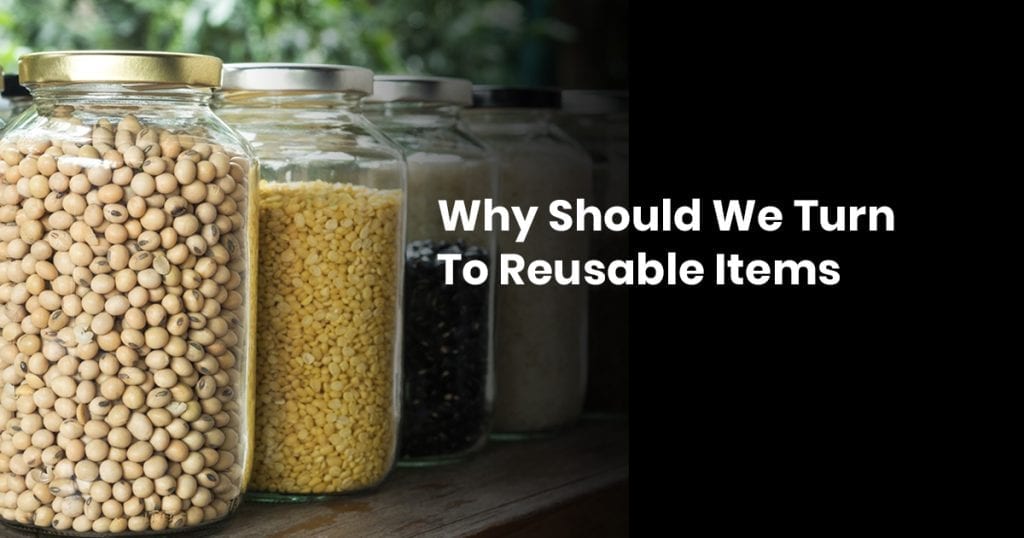
by Kati Sakurra Last updated on:
Things aren’t exactly going well right now.
There are five trillion pieces of plastic in the ocean. Dead zones are expanding.
By 2040, our environmentally destructive habits will put the planet on an altered course of history that it won’t be able to turn back from.
Reusable items are one of the many ways that we can combat what’s happening.
By reusing an item, it doesn’t end up in a landfill. That’s the basis of why it’s good, but there are more factors at play to consider.
When you’re reusing something, you are using more water and detergent than you normally would be, as opposed to just tossing it in the garbage.
Reusing isn’t just about keeping the same containers and deciding that you’ve done something good for the environment; it’s about continually reducing your waste and cleaning materials so that these reusable items consistently mitigate your carbon footprint.
Reusable items do have a personal, monetary gain that’s fairly immediate.
If you were to reuse glass bottles, or switch to cloth diapers, and reusable freezer bags, just to name a few examples, you would be cutting down on the amount of non-biodegradable items that are ending up in landfills, and collectively we could reduce the emissions that are output from those factories that produce them.
Among all the horrible things that are littering our environment, plastic is the most notorious, and for good reason.
It’s basically poison that we’re hurting ourselves with, our wildlife, marine life, and the environment as a whole.
Why Is Plastic Dangerous For Our Environment?
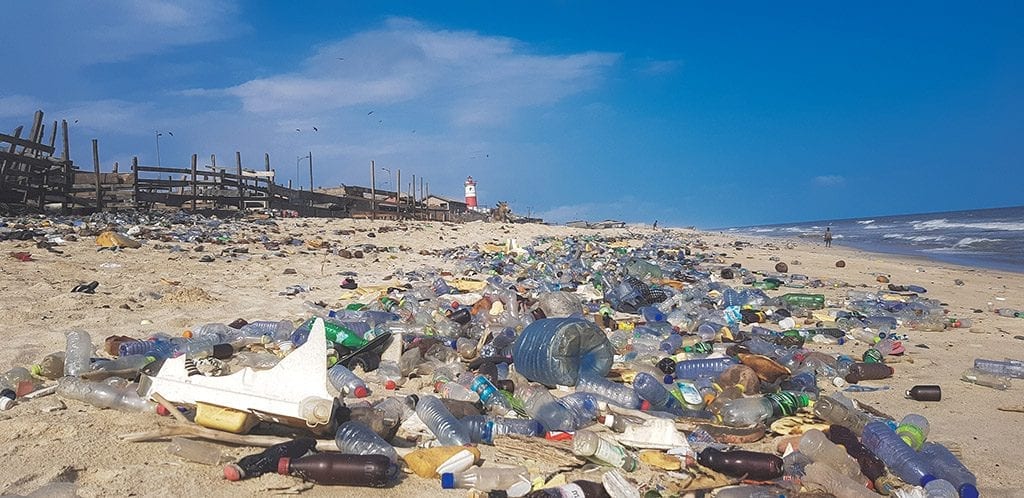
Strap in, because this one’s going to take you for a ride.
Plastic is arguably the worst pollutant that we incorporate into the environment, because it continuously damages the soil and our oceans over the course of one-hundred years.
Yes, one-hundred years. That’s how long it can take basic plastics to break down in nature, and during that time, it’s slowly leaking materials like BPA and phthalates into the environment.
To get a better scope of exactly what the damage is, let’s explore what each of the major chemicals in plastic are, and what they do.
BPA
BPA stands for bisphenol A, an industrial chemical that we’ve been using since the 60’s.
Back in 2008, there were headlines everywhere about BPA being involved with food storage bins, drink containers, and baby bottles.
You couldn’t find BPA-free baby bottles in the stores, because they were selling out like crazy for months on end. BPA studies have been few and far between, and nobody is quite sure what the adverse effects are on your body. We just live by the rule that if it’s plastic, try not to drink out of it. Getting into semantics over the additives doesn’t really help the core issue here.
PHTHALATES 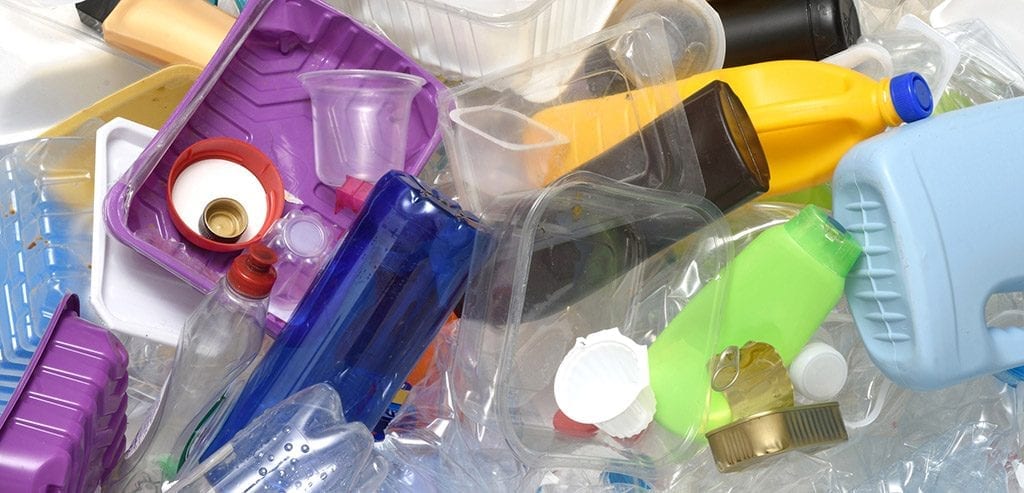
These are registered as a harmful strand of plastic, if you look at the seven stages of plastic ratings.
Phthalates are known to leak into your food.
They’re used to soften PVC plastic and other lightweight plastics, especially in cosmetic items. You are likely to have phthalates in your microbead exfoliators, which is basically rubbing small bits of poison onto your skin.
There are all-natural remedies out there that don’t have plastic beads in them that you should consider switching to.
PVC
One of the most common plastics for non-food-grade use, PVC is something you’ll commonly see on home improvement shows when they talk about piping.
PVC is a versatile and cheap plastic, because it’s made out of polyvinyl chlorine—yes, that’s right: chlorine.
Chlorine fits into a chemical category known as dioxins, which are proven to cause cancer, problems with reproductive genitalia, compromise immune systems, and even lead to less developmental advancements in young brains.
All of these combine to make what’s known as a polymer, which is when a lot of similar synthetic materials are bound together in a very tight way.
The molecular structure of plastic is most commonly referred to in the industrial world as a polymer, which is also why you’ll see plastic materials contain poly as a prefix: polyurethane, polyethylene, the list goes on and on.
Because of the molecular structure, polymers (plastics) are very difficult to break down without introducing another chemical to disassemble that structure.
The problem with that is that you’re just introducing more chemicals into the environment, and while it breaks down plastic, it also poisons the soil and waterways.
It’s not a viable solution, which is why we try to turn to reusable items and biodegradable materials.
These Plastics Are Non-Biodegradable
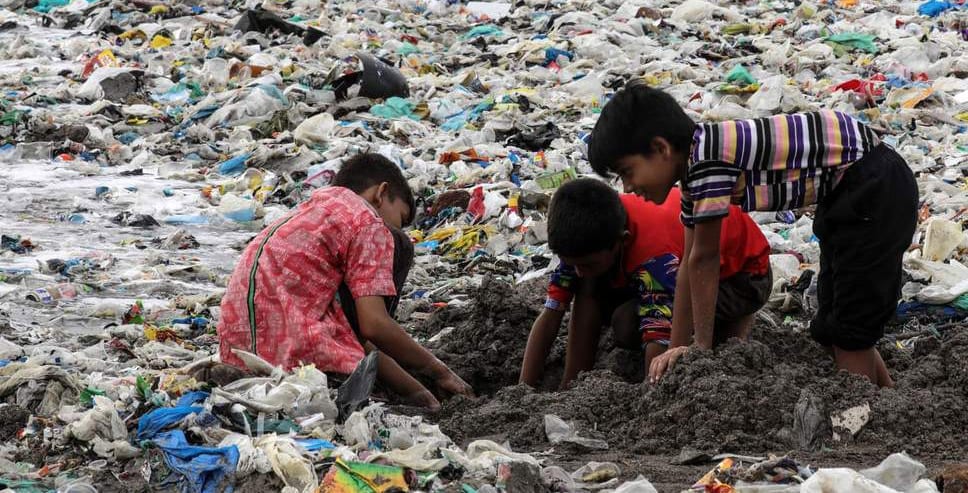 The world needs to turn to biodegradable items. By the biodegradable definition they are polymers that break down on their own over time.
The world needs to turn to biodegradable items. By the biodegradable definition they are polymers that break down on their own over time.
This isn’t to be confused with eco-friendly materials or all-natural materials, by the way.
A biodegradable item may still hurt the environment, but at a far less rapid scale than what we’re currently doing to the earth.
Biodegradable items don’t require an introduction into nature to begin the decay process.
Where normal plastics can last for a thousand years, biodegradable goods can break down in six months, up to a decade.
While the timeline isn’t the best, it’s 1% of the worst possible timeline for most plastics, which is a step in the right direction.
Biodegradable goods have their place in our society.
If we could primarily create goods that were biodegradable, they could be stored in specific areas that promote decay, and could all break down quickly to their most basic elements.
From there, you could consider recycling the goods or at least storing the waste in a more ecologically friendly way, like what we do with (most) oil that gets recycled.
No matter what, we’re going to produce waste.
There’s nearly eight billion of us at the time of writing that post, and the numbers are exploding every single day.
Producing and storing waste can be done in a responsible way that doesn’t have an environmental impact, apart from the production of said products and creating the storage containers and methods to house them.
But that’s the thing, that’s a few things that we can manage in a more ecologically-friendly way.
That has an end to the life cycle of the packaging, building materials and other non-reusable items, and that means there’s an achievable goal.
Benefits Of Reusable Items
Reusable items are one of the reasons that this site exists.
Reusable items are one of the strongest ways to fight pollution and the damage that we’re doing to this world, but it’s not just environmentally sound.
It actually hosts a ton of excellent benefits that are immediately gratifying, with no potential health risks for the user.
COST EFFECTS
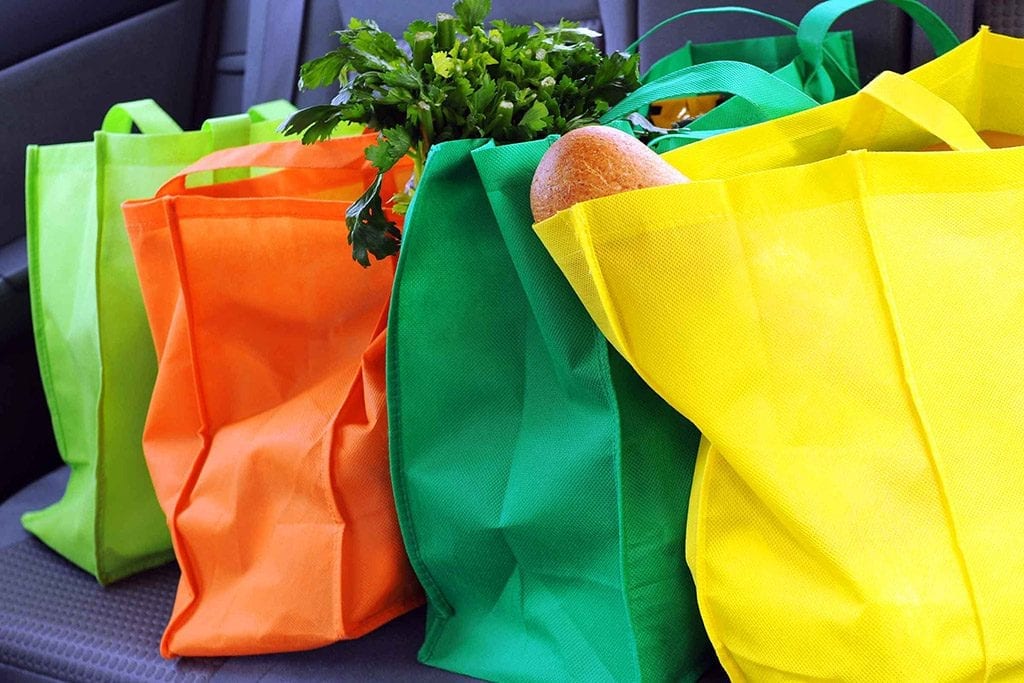
There are immediate cost benefits of reusing certain items.
Not everything is reusable, but if you were to buy a water filter for your sink faucet, some filters, and reuse glass bottles instead of water bottles, you could save hundreds of dollars per year.
If you go with cloth diapers instead of disposable ones, you’re keeping hundreds of pounds of plastic and harmful chemicals out of landfills, while also saving at least $1,000 per year, per child.
Think of what you could do right now with a thousand dollars, all for a little extra time spent doing laundry.
The point is, it’s cheaper to go reusable, but it might not appear that way at first.
Brands that rely on their single-use items try to dissuade people from reusable items by saying that it’s a more expensive upfront cost.
Well, they’re right about one thing, there is a higher upfront cost that can be about 4-5x higher than the cost of a batch of single-use alternatives.
However, you’ll have to buy those single-use alternatives
QUALITY CONTROL
You are in control of the quality of the items you use.
That means you might need to make a one-time purchase of higher quality items, be it glass bottles or more durable plastics, but you are controlling the quality.
If you don’t want something, you don’t have to have it. That’s one beauty of choosing your own reusable items: you’re no longer at the mercy of whatever packaging the item comes in.
If you’re smart and reuse containers and materials that don’t give off harmful chemicals, like plastic, you can also control the quality of whatever the intended use is.
Control the flavor and quality of your beverages by storing them in glass bottles, or the quality of your food with reusable glass containers. It’s all dependent on what you want.
SAFER MATERIALS

We advocated for glass a lot in that last bit, and that’s because it’s safer to use than plastic in almost every situation.
Glass is known to have absolutely zero consequences when used as a container again and again, but over time, plastics can leach BPA and other chemicals into your beverages and food.
We stopped using glass because plastic became cheaper, once upon a time.
Based on manufacturing costs now, it would actually be cheaper to make glass, but then you need to have safer methods of transporting glass, and you can move fewer units than with thinner plastic bottles.
Make A Choice, Make An Impact
Reusable items are in no way a reversal of the current damage to the environment, but it is a way to slow down what we’re doing while we find a way to help the environment.
If everyone switched to primarily using reusable items, we could immediately alleviate the influx of damage.
Start using glass bottles instead of plastic, reusable ice cubes instead of ice machines, and ditch plastic altogether unless you’re getting reusable, BPA-free bottles that won’t end up in a landfill.
In the three major R’s of being eco-friendly—reduce, recycle, and reuse—reuse is the most impactful to the environment.
If you’re reusing items, you’re reducing waste and recycling would-be trash, all in one fell swoop.
https://naturecode.org/reusable-items/#:~:text=Benefits%20of%20Reusable%20Items%201%20Cost%20Effects%20There,use%20than%20plastic%20in%20almost%20every%20situation.%20

